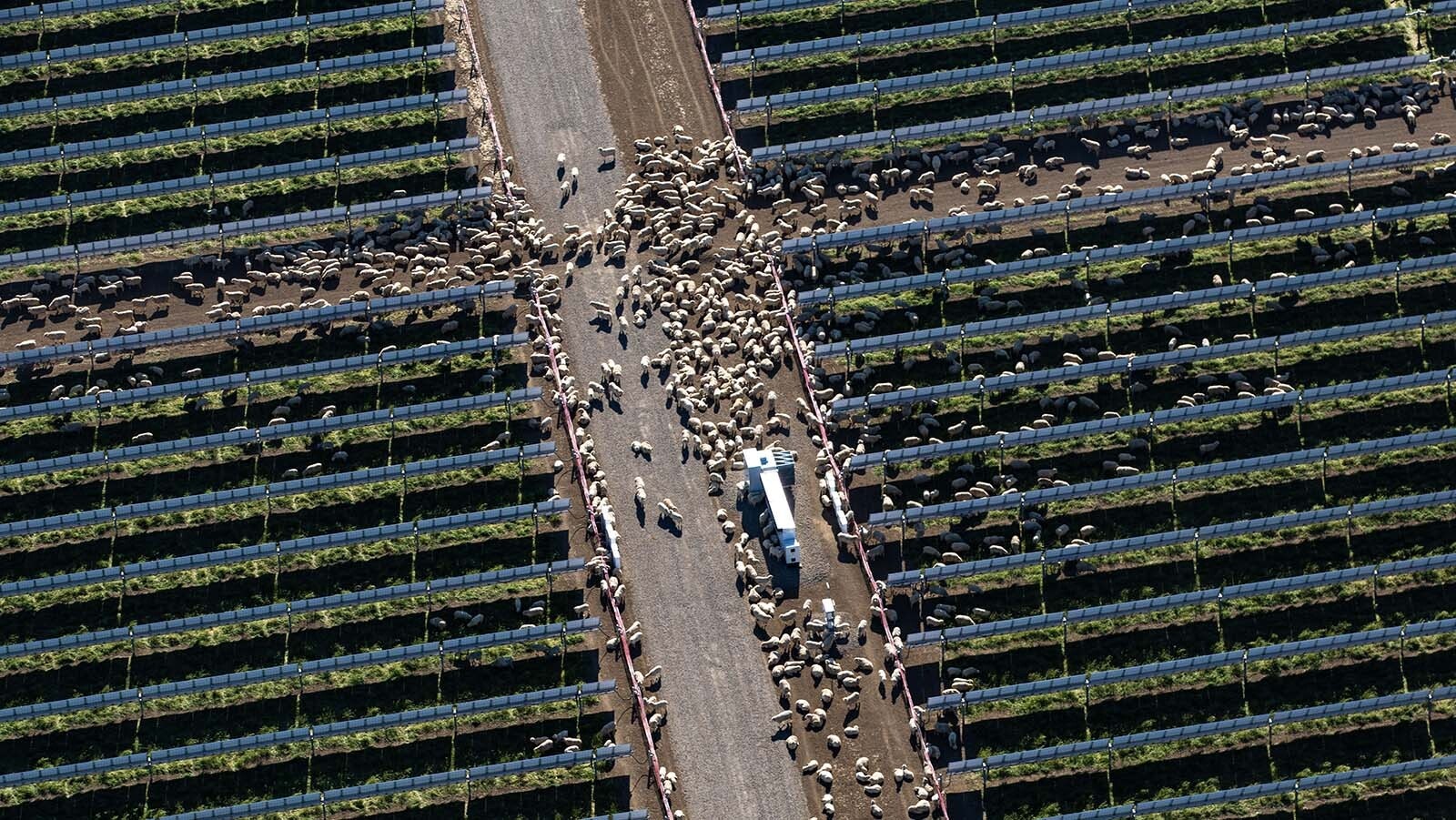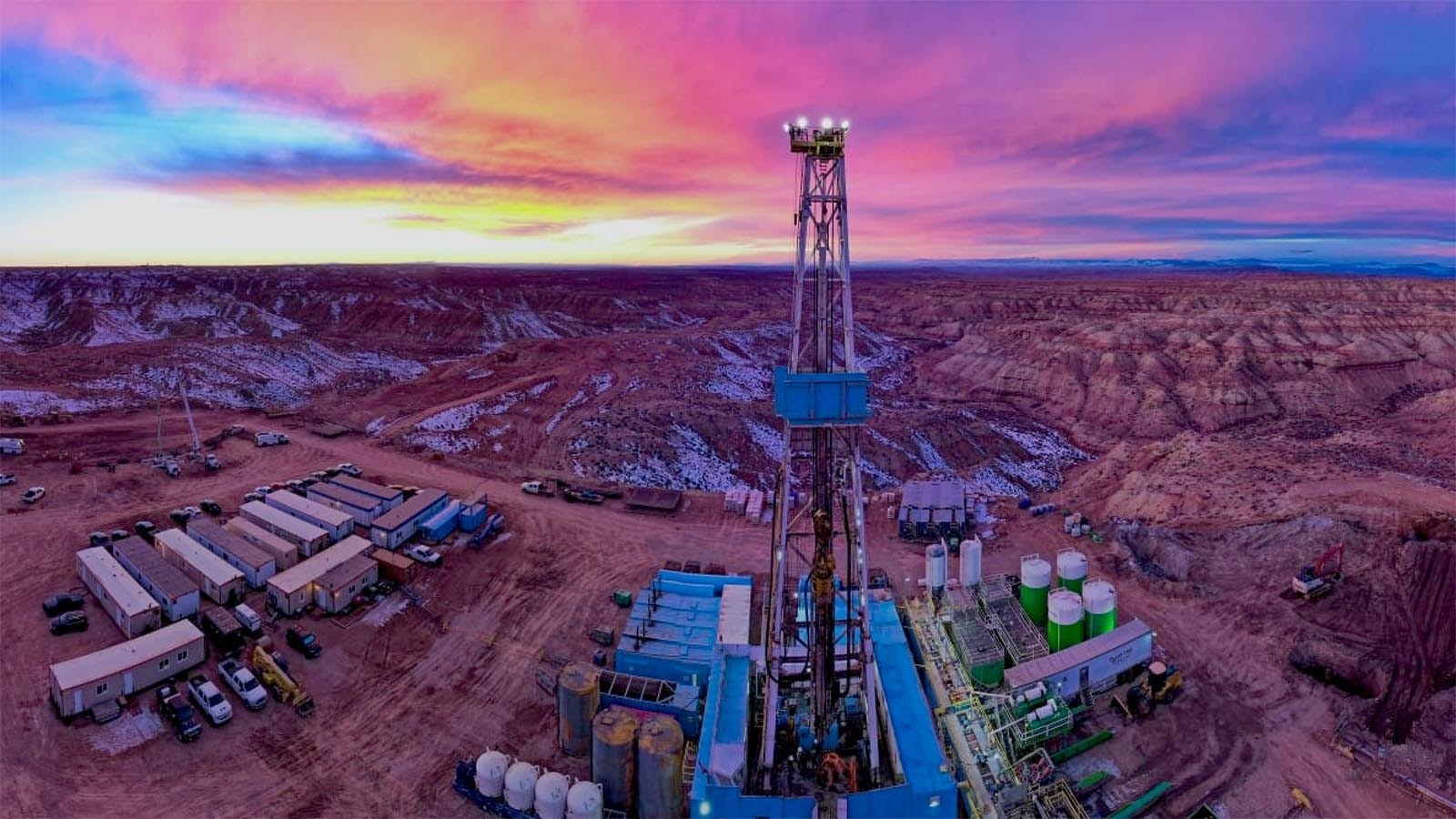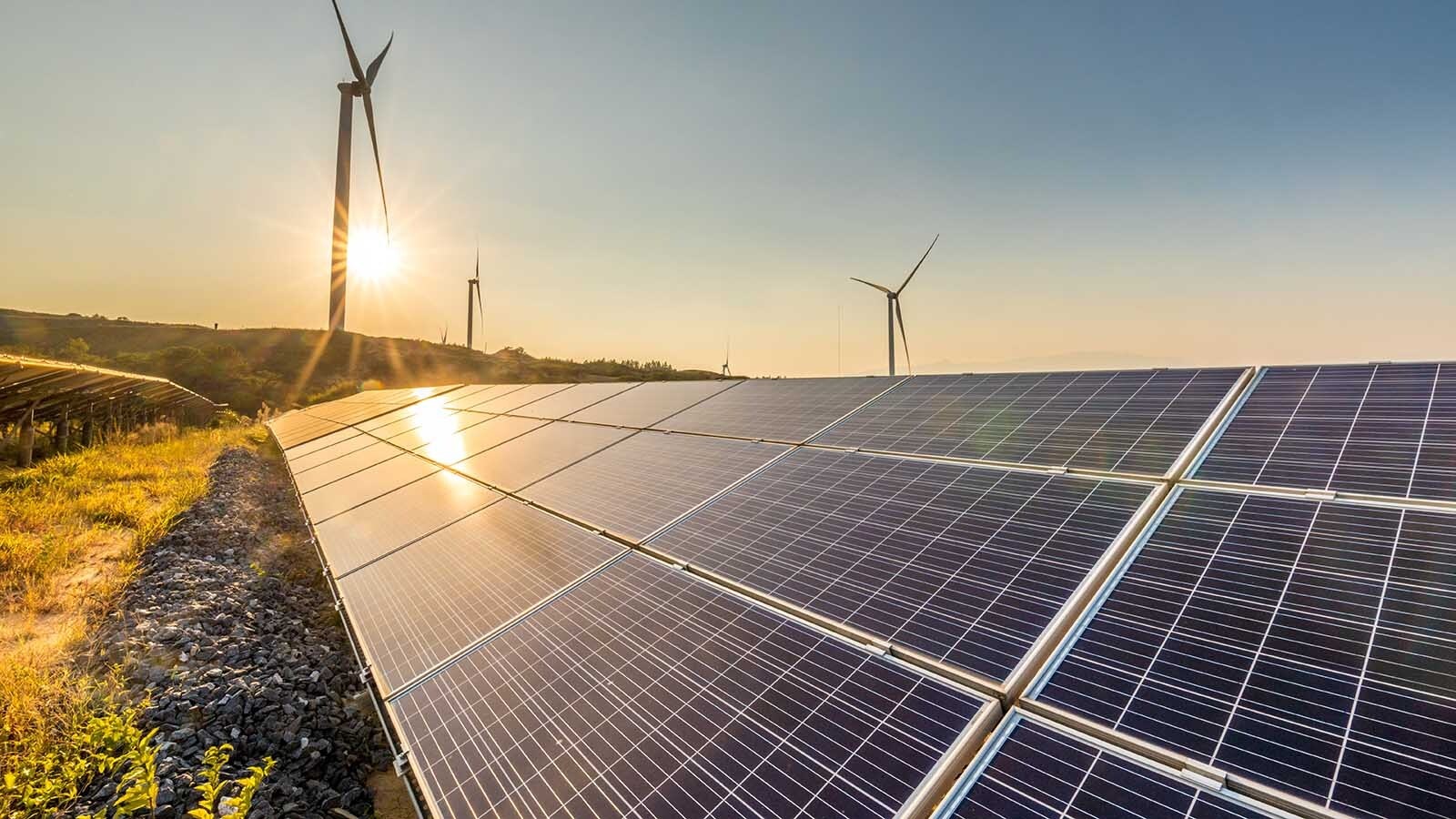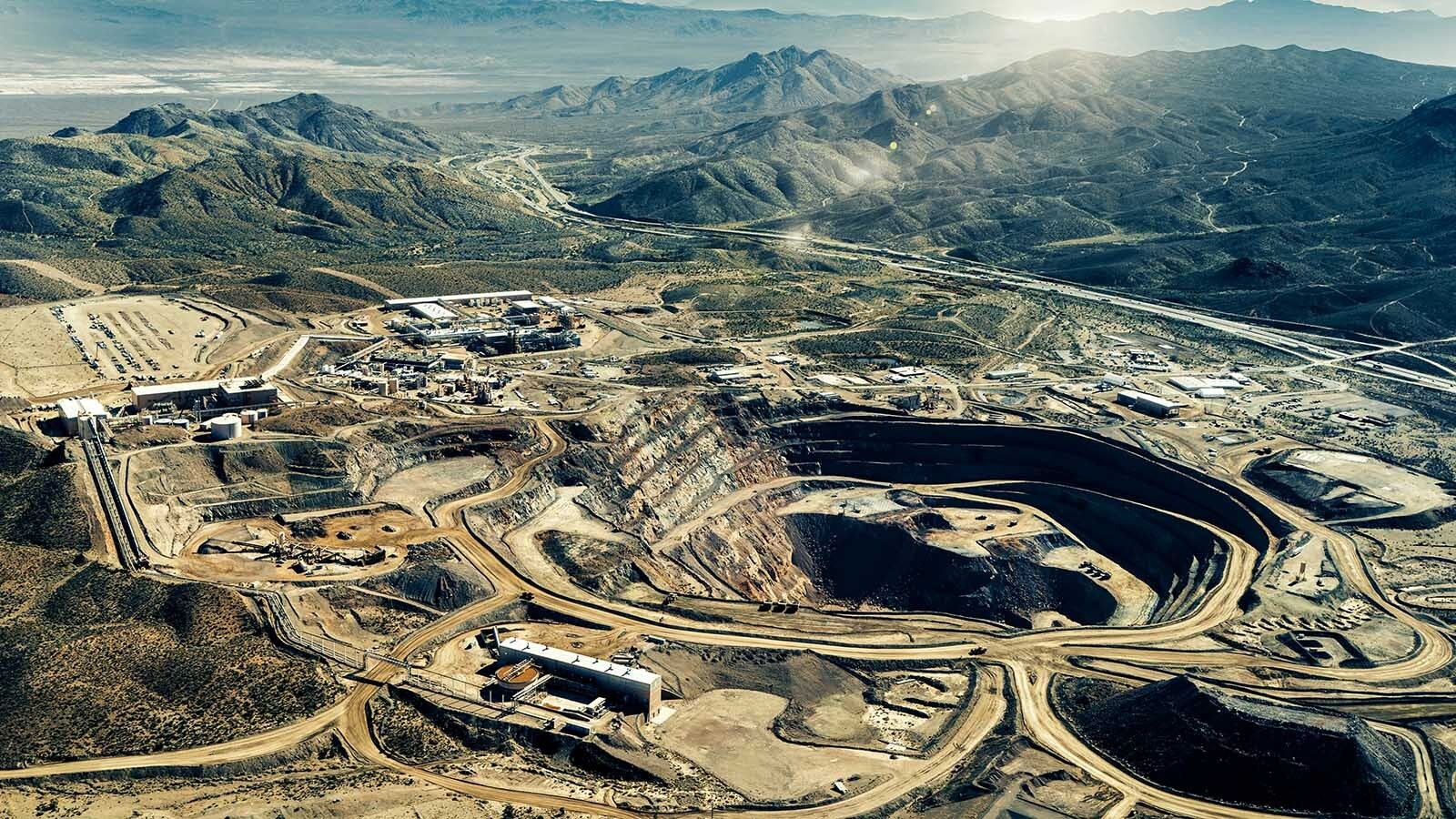A proposed solar farm near Glenrock will cover 4,738 acres on land bordering the North Platte River, the equivalent of more than 3,500 football fields. When online, it will provide 500 megawatts of solar power and include two battery storage facilities.
And there will still be room for the land to support a sheep-grazing operation after construction.
Well Acquainted
The Dutchman Renewable Power Project is still going through the Converse County permitting process, and it also needs to get approval from the Wyoming Department of Environmental Quality Industrial Siting Council.
The developers are BrightNight LLC and Cordelio Power. BrightNight is an international company with projects all over the U.S. and Southeast Asia, and Cordelio Power is a Canadian company with dozens of wind and solar projects located mainly in New York, Illinois and Ontario, Canada.
The Dutchman project will be Converse County’s first commercial-scale solar project.
Sen. Brian Boner, R-Douglas, told Cowboy State Daily his county is familiar with all sorts of energy projects.
“We’re pretty well acquainted with developing them [energy projects] in a way that is consistent with our own all-of-the-above approach, and preserving the land to the extent possible,” Boner said.
Four Solar Farms
The $500 million project is scheduled to begin construction in March 2024, and if all goes as planned, will come online in July 2026.
The project is the third commercial-scale solar project planned in the state. The South Cheyenne Solar Project is now under construction south of Cheyenne, and the proposed Goshen Solar Project is planned near Yoder.
If all these projects are realized, they will add over 800 megawatts of solar power to the state’s portfolio.
During construction, the Dutchman project will employ a peak of 447 workers, with about 20% hired locally. Once operational, it will employ three full-time workers.
Agrivoltaics
Converse County Commission Chair Jim Willox told Cowboy State Daily the project is in an early stage of the county process and hasn’t been formally presented to the commission.
The developers have held three public meetings, and after it’s presented to the board, the commission will hold an additional public hearing.
Willox said the project will generate more electricity for Wyoming to export. According to the U.S. Energy Information Administration, Wyoming exports about 13 times more energy than it consumes.
“We welcome additional development done right. That means doing it responsibly, with a plan for reclamation at the end and a plan to deal with the impacts up front,” Willox said.
The project will be built entirely on private land, and Willox said the developer and landowner have agreed to allow sheep grazing underneath the panels.
Agrivoltaics, as it’s called, is a concept of dual use for land and agriculture. The solar panels are raised up high to make room for crops and livestock, which adds costs to the project. But it allows for agricultural operations on the same land.
No Presumptions
Ken Lay, a resident of Converse County, said he hadn’t looked in detail at the specifics of the Dutchman project himself. But speaking broadly of the issue of industrial development in rural areas, especially with a project of this size, he told Cowboy State Daily that permitting should involve a “robust evaluation process.”
“It needs to be fully open and without bias,” Lay said.
From his experience intervening in the permitting process for wind projects, he said it’s often the case that the burden of proof is on the individuals or groups who object to a project.
“It appears to me that there's too often a presumption of approval when we should be going into this with no presumption either way,” he said. “The process needs to take equally into account the perspectives of all involved.”
Taxes
The developers are working with the planning and zoning department before the project is presented to the commission.
Willox said that the public meetings led to requests for minor changes in the plan, such as some road setbacks.
Considerations of the project’s impacts to wildlife or the environment will be taken up with the Industrial Siting Council.
Converse County has no zoning regulations, so there aren’t a lot of violations that could form the basis for the county to deny a permit.
The developer estimates the project will generate $56.2 million in sales and use taxes, and about 20% of that will go to the county. It will also generate an estimated $9.6 million in property tax revenues in the first full year of the project, with a total of $157 million generated over the project’s estimated 40-year operating life.





